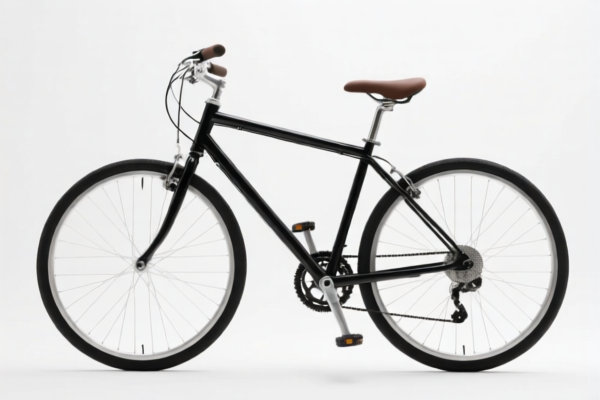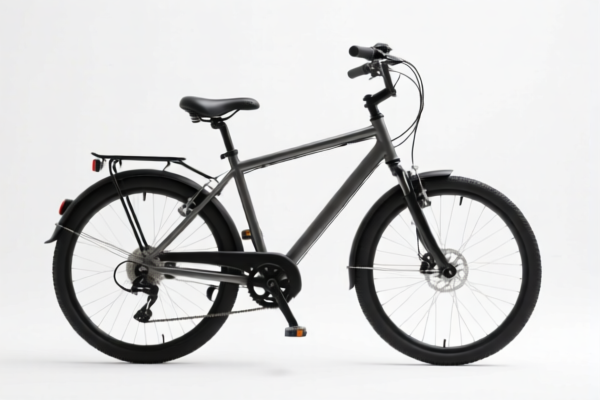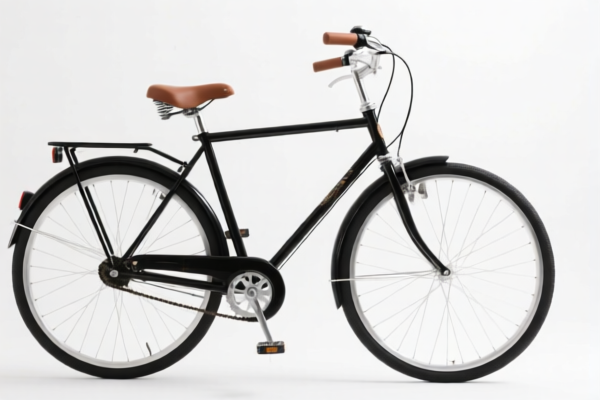| HS Code | Official Doc | Tariff Rate | Origin | Destination | Effective Date |
|---|---|---|---|---|---|
| 4202923120 | Doc | 72.6% | CN | US | 2025-05-12 |
| 4202923900 | Doc | 72.6% | CN | US | 2025-05-12 |
| 4205001000 | Doc | 55.0% | CN | US | 2025-05-12 |
| 4205000500 | Doc | 57.9% | CN | US | 2025-05-12 |
| 3923900080 | Doc | 58.0% | CN | US | 2025-05-12 |
| 3923300090 | Doc | 58.0% | CN | US | 2025-05-12 |
| 3926909600 | Doc | 55.0% | CN | US | 2025-05-12 |
| 3926903300 | Doc | 36.5% | CN | US | 2025-05-12 |
| 9506990530 | Doc | 37.5% | CN | US | 2025-05-12 |
| 6305900000 | Doc | 43.7% | CN | US | 2025-05-12 |
| 6305390000 | Doc | 45.9% | CN | US | 2025-05-12 |
| 6307909885 | Doc | 37.0% | CN | US | 2025-05-12 |




Bicycle Bag
A bicycle bag is a container attached to a bicycle for carrying items during a ride. These bags vary significantly in design, size, and mounting location, catering to diverse cycling needs – from short commutes to long-distance touring.
Material
Common materials used in bicycle bag construction include:
- Nylon: Durable, water-resistant, and relatively inexpensive. A common choice for general-purpose bags.
- Polyester: Similar to nylon, offering good water resistance and abrasion resistance.
- PVC/Tarpaulin: Highly waterproof, often used for panniers and handlebar bags where weather protection is paramount.
- Canvas: More aesthetically pleasing, often used for smaller bags or liners, but generally less water-resistant unless treated.
- Leather: Premium material offering durability and style, typically used for saddlebags or smaller accessories.
Purpose
The primary purpose of a bicycle bag is to provide convenient and secure storage for items a cyclist wants to carry. These items can include:
- Essentials: Tools, spare tubes, tire levers, pump, multi-tool.
- Personal Items: Wallet, phone, keys, snacks, water bottle.
- Clothing: Rain jacket, extra layers.
- Cargo: Groceries, work documents, camping gear.
Function
Bicycle bags function by providing a secure and stable method of transporting items on a bicycle. Key functional aspects include:
- Attachment: Secure mounting to the bicycle frame, seat, handlebars, or rack.
- Capacity: Varying volumes to accommodate different loads.
- Accessibility: Easy access to contents while riding or stopped.
- Weather Protection: Resistance to rain, dust, and debris.
- Stability: Minimizing sway and maintaining balance during riding.
Usage Scenarios
- Commuting: Carrying work essentials, rain gear, and personal items.
- Touring: Transporting camping gear, clothing, and food for multi-day trips.
- Road Cycling: Carrying tools, spare tubes, and energy gels for long rides.
- Mountain Biking: Carrying tools, water, and small repair items.
- Urban Cycling: Carrying groceries, shopping items, or personal belongings.
Common Types
- Saddle Bag (Seat Bag): Attaches under the saddle, typically for tools, tubes, and small essentials.
- Handlebar Bag: Attaches to the handlebars, providing easy access to frequently used items.
- Frame Bag: Fits within the bicycle frame triangle, offering a low-profile storage solution.
- Panniers: Bags that attach to racks mounted over the wheels, providing large carrying capacity. Available in front and rear configurations.
- Backpack (Cycling Backpack): Designed specifically for cycling, with features like ventilation and a stable fit.
- Top Tube Bag: Attaches to the top tube of the frame, often used for phones, snacks, or small tools.
- Fork Bag: Attaches to the bicycle fork, often used for touring.
- Basket: A traditional storage option, typically mounted on the handlebars or rear rack.
Bicycle bags fall under various classifications depending on their material and specific use. Here's a breakdown of relevant HS codes based on the provided information:
-
3926909600: This code covers “Other articles of plastics and articles of other materials of headings 3901 to 3914: Other: Casing for bicycle derailleur cables; and casing for cable or inner wire for caliper and cantilever brakes, whether or not cut to length”. While specifically mentioning cable casing, this code indicates a category for plastic articles used on bicycles.
- 39: Chapter 39 covers plastics and articles thereof.
- 26: Heading 3926 covers other articles of plastics.
- 90: Subheading 392690 covers other articles.
- 96: Further specifies casing for bicycle cables.
-
6305900000: This code covers “Sacks and bags, of a kind used for the packing of goods: Of other textile materials”. If the bicycle bag is designed for general packing or carrying items, and is made of textile materials other than man-made fibers, this code may apply.
- 63: Chapter 63 covers other made up textile articles.
- 05: Heading 6305 covers sacks and bags for packing goods.
- 90: Subheading 630590 covers bags of other textile materials.
-
6305390000: This code covers “Sacks and bags, of a kind used for the packing of goods: Of man-made textile materials: Other”. If the bicycle bag is designed for general packing or carrying items and is made of man-made textile materials, this code may apply.
- 63: Chapter 63 covers other made up textile articles.
- 05: Heading 6305 covers sacks and bags for packing goods.
- 39: Subheading 630539 covers bags of man-made textile materials.
-
3926903300: This code covers “Other articles of plastics and articles of other materials of headings 3901 to 3914: Other: Beads, bugles and spangles, not strung (except temporarily) and not set; articles thereof, not elsewhere specified or included: Handbags”. If the bicycle bag is constructed of plastic and resembles a handbag in design, this code could be relevant.
- 39: Chapter 39 covers plastics and articles thereof.
- 26: Heading 3926 covers other articles of plastics.
- 90: Subheading 392690 covers other articles.
- 33: Further specifies handbags.
It is important to note that the final classification will depend on the specific material composition and intended use of the bicycle bag.
Customer Reviews
No reviews yet.